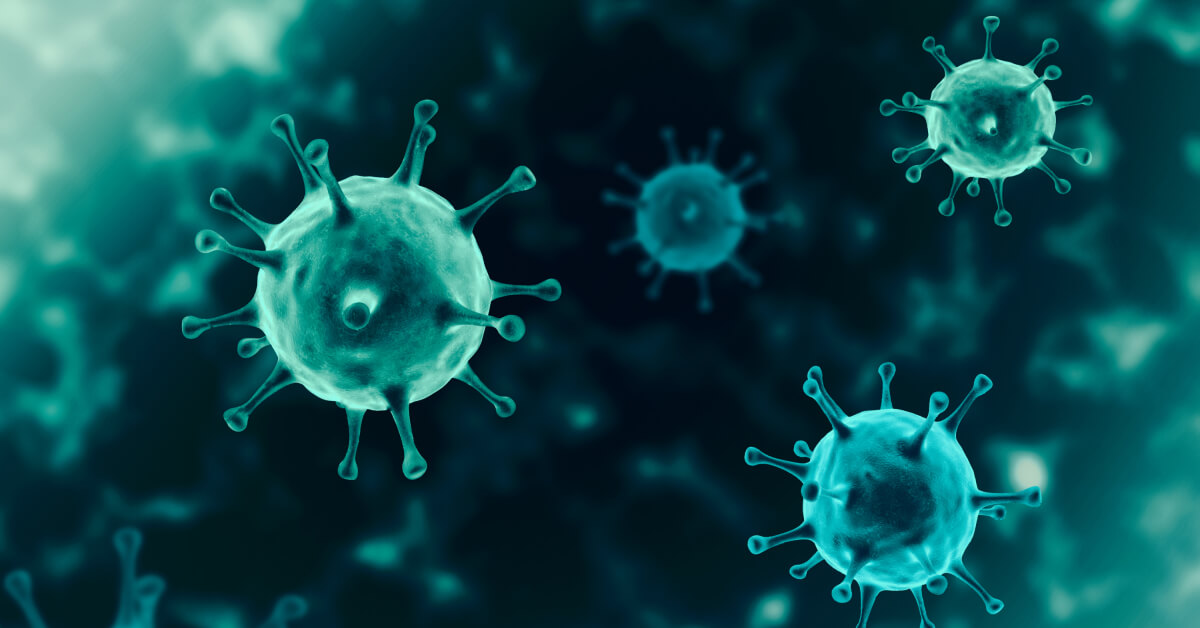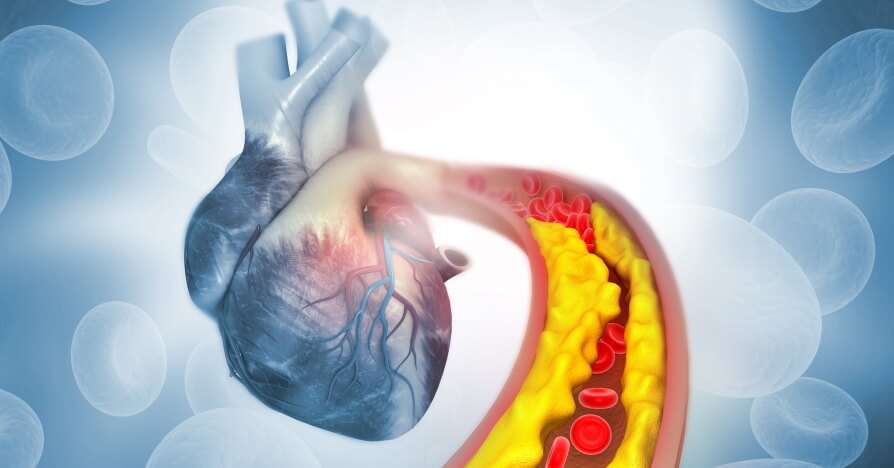
Brandywine Family Medicine Blog
Alcoholism
Published 6.9.2021
Do you go out drinking with friends or go out with friends and have a drink?
About 10% of people in the US have alcohol use disorder, which is alcohol use that involves problems controlling your drinking, being preoccupied with alcohol, continuing to use alcohol even when it causes problems in your life, having to drink more to get the same effect or having withdrawal symptoms when you rapidly decrease or stop drinking. Binge drinking is where a man consumes five or more drinks within two hours or a woman consumes four or more drinks in two hours. Binge drinking can cause significant health and safety risks. Alcohol is involved in about 50% of car accidents, burns, assaults, sexual assaults, suicides, falls, and drownings.
About 20% of heavy drinkers develop cirrhosis of the liver which causes progressive destruction and scarring of the liver and can be fatal. It is a slow miserable death. Heavy drinkers are also at increased risk of heart disease, sleep apnea, depression, stroke, and stomach bleeding. Heavy alcohol use increases your risk of all cancers of the gastrointestinal tract including throat, esophagus, stomach, and colon. Alcohol makes it harder to control diabetes and high blood pressure. Drinking during pregnancy can also cause permanent brain damage to the baby. About 6% of all deaths are caused by alcohol use. Heavy alcohol use shortens your life by about ten years. Not the end of life years, but the good ones in your early and middle years.
Occasional alcohol, like a glass of wine 3-4 times a week, is probably good for us but 2 glasses of wine a day are not. The goal for men is to stay under 14 drinks per week and for women to stay under 7 drinks per week. Ideally, alcohol consumption should be about half of these limits to get the health benefits. Wine can raise your HDL, the good cholesterol slightly. A man should never have more than five drinks per day. A drink is defined as 12 oz of beer, 5 oz of wine, or 1.5 oz of liquor. There are 11 servings of alcohol in a pint of liquor and 5 servings of alcohol in a bottle of wine.
Most people can use alcohol responsibly and never have a problem but some people are much more prone to developing alcohol use disorders. If you have a family history of alcoholism, started drinking at a younger age, can drink more than others with seemingly less effect, are exposed to drug or alcohol use as a child, or have underlying psychiatric issues like depression or anxiety, your risk of becoming an alcoholic is much greater.
To know if you have alcohol use disorder, in the past year have you
- Had times when you drank more or longer than intended
- Tried to cut down or stop drinking but couldn’t
- Gotten into situations during or after drinking that increased your chances of getting hurt such as driving, swimming, walking in dangerous areas, or having unsafe sex
- Had to drink much more than you once did to get the effect you wanted or that your normal amount of drinking had less effect than before
- continued to drink even though it was making you feel depressed or anxious
- Had memory blackouts
- Spend a lot of time drinking or getting over being sick from drinking
- Continued to drink even though it was causing trouble with family or friends
- Found that drinking or recovering from drinking interfered with taking care of home or family or caused problems at work or school
- Given up on activities that were important or made you happy, to drink
- Been arrested, held by police, or other legal problems because of drinking
- Found that when alcohol was wearing off you had withdrawal symptoms of shaking, sweating, nausea, or racing heart
If you are tired of living like this get help! Alcoholism can be treated. It usually takes someone a few tries to become sober and it is a lifelong struggle. There are medications that can help ease the craving for alcohol and decrease the pleasurable feelings alcohol gives us. Naloxone and acamprosate can help with cravings and decreasing the effects of alcohol. Come on in
and we will talk.
For assistance you can:
- Get involved in a group like AA or smart recovery
- Get a counselor for either group or individual therapy
- If you have anxiety or depression or other mental health issues get them addressed. You will be much more successful at quitting
- Find alternative activities that don’t involve alcohol. Find something you enjoy
- Start an exercise program, volunteer somewhere Stay busy
- Plan ahead how to say No in situations that may involve alcohol and how to handle alcohol cravings
- Setbacks are common. Don’t get discouraged. Step back and figure out what went wrong and learn from it for the next time.
Come in and see me and we can talk about it and get you started on a new path.
To find out more information go to:
National Institute on Alcohol Abuse and Alcoholism
National Institute on Drug Abuse
National Institute of Mental Health
National Clearinghouse for Alcohol and Drug Information
Alcoholics Anonymous
SMART Recovery
Women for Sobriety
Al-Anon/Alateen
Book an Appointment

Sexually Transmitted Infections

There are many different sexually transmitted diseases that can affect people. Learn about the vari...
Cholesterol

Dr. Elener explains cholesterol, the waxy substance that is made in your liver. She explains what it...
Erectile Dysfunction

Erectile Dysfunction is an issue that affects 20% of men at 50. Dr. Elener discusses causes, solutio...